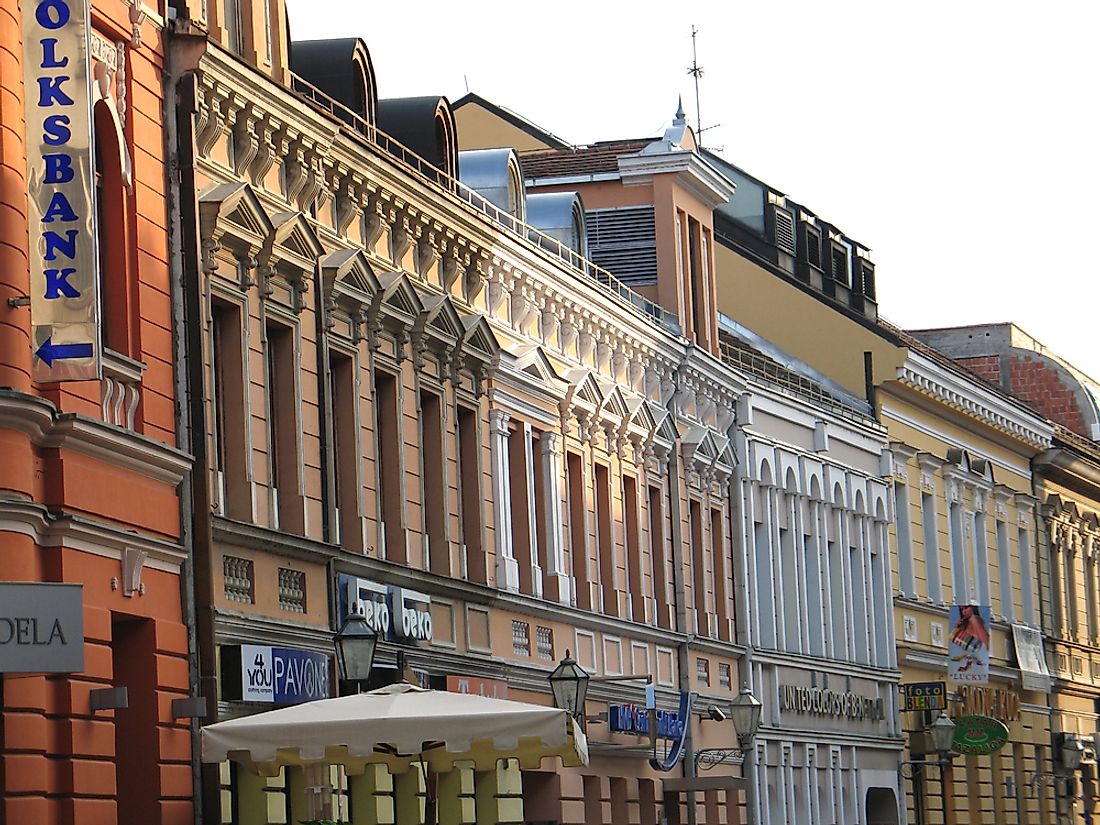Where is the Republika Srpska?

The Republika Srpska is an entity of Bosnia and Herzegovina. It occupies an area of approximately 9,514 square miles. According to the 2013 census, it has a population of about 1.2 million people. It was proclaimed on January 9, 1992, and recognized as part of Bosnia and Herzegovina on December 14, 1995. Its capital city is Banja Luka which is also its largest city. The official languages spoken in Srpska are Serbian, Bosnian and Croatian. The Republika Srpska has three major ethnic groups which include the Serbs, Bosniaks, and Croats.
Geography
The boundary of the Republika Srpska follows the frontline of the Bosnian War. The boundary is known as the inter-entity boundary line (IEBL) and is about 1,080 kilometers. The Republika Srpska was divided into 80 municipalities but after the Dayton Peace Agreement, the municipalities were reduced to 63. It has 15 cities with Bania Luka being the most populous city. The Republika Srpska has six mountains including Kozara, Romanija, Jahorina, Bjelasnica, Motajika, and Treskavica. The Dinaric Alps are found in the Western part of the country. The major river in the country is the River Sava which is a tributary of the Danube. The Drina is also located in the Easter part of the country. Trebisnjica is the longest sinking river in the whole world.
History
During the Bosnia War, the country was under the control of the army of the Republika Srpska. After 1994, it was one of the political parties comprising of Bosnia and Herzegovina. The Dayton Peace Deal led to the establishment of the country's borders and some modifications based on the frontline of the Bosnian war. The Republika Srpska broke away from Yugoslavia due to the political conflicts in the early 1990s. Its proclamation was on January 9, 1992, and February 28, 1992, and it gained independence on April 7, 1992. From July 11 to July 22, 1995, the country experienced Srebrenica Massacre which is also known as Srebrenica genocide where over 8000 Bosnian Muslims were killed (mainly boys and men).
Economy
The GDP per capita of the Republika Srpska is approximately $7,898. The country continues to attract foreign investment, leading to a 10% capital gains and income tax. Russia has established built a pipeline for the transportation of gas in the country. Czech has invested on the Gacko 1 and 2 power plants in Srpska plant. The Republik of Srpska has also privatized some of its industries including Telekom Srpske, which was sold to Serbian Telekom Srbija, and the oil industry.
Politics
The Republika Srpska has its own president, parliament, executive government, police, Supreme Court and Lower Courts, custom service, and postal service. It has national symbols like a flag, national anthem, and the coat of arms. According to the Constitution of the Republika Srpska, Banja Luka is the headquarters of the most institutions of the government. The Republika Srpska has some important national holiday, divided into entity holiday, religious holiday, and holiday marked but do not include time to work. Some of the holidays include Victory Over Fascism Day, International Workers Day, and Christmas Day among other holidays.







